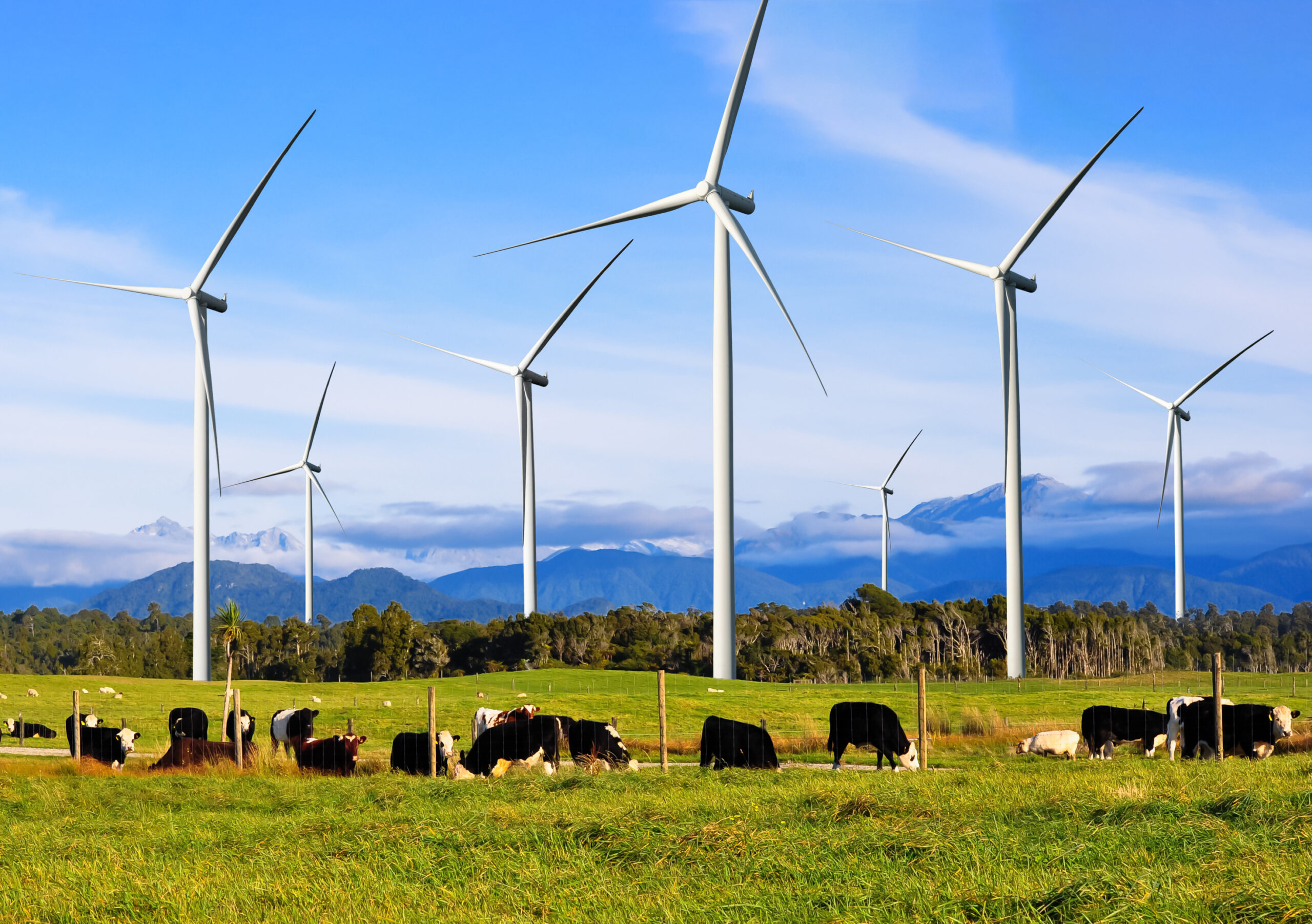Southern Green Hydrogen, possibly world’s largest, advances
Woodside Energy is partnering with Meridian Energy to develop the Southern Green Hydrogen plant, which will be the largest green hydrogen project in New Zealand, and possibly the world.

Green hydrogen development has been progressing in Europe, and in the US since Joe Biden became president in 2021, but it’s been slower to push ahead in the greater Asia-Pacific region. However, that’s about to change in New Zealand with the Southern Green Hydrogen project.
Wellington-based Meridian Energy, New Zealand’s largest renewables producer, is teaming up with Australian oil and gas giant Woodside Energy Group to develop what will be the largest green hydrogen project in New Zealand, and possibly the world.
On November 29, the two companies said that its joint venture would help Meridian move forward to the development stage of its proposed Southern Green Hydrogen (SGH) project. Meridian is aiming to produce 500,000 tonnes of ammonia a year from the project, using electrolysis from renewable power. It added that the facility will provide up to 40% of New Zealand’s dry year flexibility needs to the electricity sector.
Surprisingly, Woodside beat out Fortescue Future Industries (FFI) for the lead role in the venture. FFI had also bid to join and has vast green hydrogen ambitions but little to no gas experience.
Meridian CEO Neal Barclay pointed out that Woodside has demonstrated climate change ambitions, adding that since Meridian is a “100% renewable energy company and committed to sustainability, that was a key focus for us in selecting a partner.”
Tokyo-based Mitsui, which already imports ammonia into Japan, is also holding discussions to join the project to develop a potential market for ammonia offtake, with the aim of spearheading collaboration that covers the full hydrogen and ammonia supply chain.
Subject to finalizing commercial arrangements, Meridian, Woodside, and Mitsui will work together towards commencing front end engineering design for the project.
Woodside CEO Meg O’Neill said that “Woodside brings the technical skill and operations experience to develop this project at pace to meet customer demand for hydrogen, which we expect to grow in the energy transition.”
Mitsui COO Energy Solutions Business Unit Toru Iijima said that the company looked “forward to developing a large-scale hydrogen and ammonia export project with a view to contributing to Southland, New Zealand and the global market.”
Deflecting environmental criticism
The deal could help deflect criticism over Woodside’s environmental record. The Perth-based LNG producer has been under increasing fire lately, including being sued over what critics and environmental groups claim is a poor climate policy.
On June 21, the Environmental Defenders Office (EDO) presented a legal challenge in the Federal Court of Australia on behalf of the Australian Conservation Foundation (ACF) over Woodside’s A$16.5 billion Scarborough offshore gas field.
The EDO claims that the field will have a detrimental impact on the Great Barrier Reef by adding wide-scale coral bleaching.
Meanwhile, Woodside is also flagging a drop in free cash flow over the next few years, which raised alarm among analysts about future dividend payouts.
O’Neill said on November 30 that the company is facing a slowdown in securing approvals for environmental plans for drilling, seismic programmes, subsea installations, and its pipeline, after a court overturned a drilling permit for rival Santos’ US$3.6 billion Barossa project in favour of indigenous groups.
However, Woodside is also pointing to its US$5 billion plan to invest in new energy products and lower-carbon services by 2030.
“Woodside intends to thrive in the energy transition as a low cost, lower carbon energy provider,” Woodside spokeswoman Christine Forster told Gas Outlook.
“We’ve set near- and medium-term targets to reduce our net equity Scope 1 and 2 GHG emissions by 15% by 2025 and 30% by 2030, towards our aspiration to achieve net zero by 2050 or sooner by focusing on products such as hydrogen and ammonia, as well as lower-carbon services such as carbon capture utilisation and storage which could all help reduce emissions,” she added.
The world’s largest?
Not only did Meridian describe the Southern Green Hydrogen project as New Zealand’s largest green hydrogen project but as the world’s largest with a production capacity up to 600 MW, although there’s no evidence yet to support the latter claim. Green hydrogen projects are usually smaller and less than 50 MW, with a small scattering of 50 MW and 100 MW projects, a World Bank report finds.
New Zealand already has several green hydrogen projects in operation, but they mostly consist of small feasibility, research and demonstration studies and projects, including a bus refueling station at the port of Auckland, a Christchurch airport hydrogen infrastructure project and a truck fueling project.
Meanwhile, most of the hydrogen produced today is so-called grey hydrogen, created by using natural gas. Green hydrogen, in contrast, uses electricity from renewables (mostly solar and wind) to power electrolysis that splits water molecules into hydrogen and oxygen.
China is the world’s largest hydrogen producer, but it’s mostly brown-hydrogen for use in its industrial sector, and made by burning coal and as such is still a major GHG emitter.
Most attractive production markets
The most attractive production markets for green hydrogen are those with abundant, low-cost renewable resources, according to a PWC report.
In parts of the Middle East, Africa, Russia, the U.S. and Australia, for example, green hydrogen could be produced between $3 to $5/kg today, it adds. Europe’s production costs vary from $3 to $8/kg. The low end of these ranges can be achieved most easily in locations with access to low-cost renewable energy plants, it adds.
Many countries and regions around the world are adopting clean hydrogen strategies and road maps. These will determine what role hydrogen will play in transitioning to a low emissions future.



